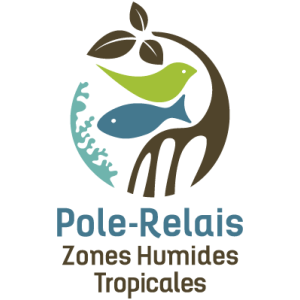
Document généré le 21/08/2025 depuis l'adresse: https://www.documentation.eauetbiodiversite.fr/fr/notice/structure-sismique-de-la-zone-de-subduction-des-petites-antilles-implications-sur-les-dimensions-de-la-zone-sismogene-interplaque
Structure sismique de la zone de subduction des Petites Antilles : implications sur les dimensions de la zone sismogène interplaque
Titre alternatif
Producteur
Contributeur(s)
Université Nice Sophia Antipolis
Identifiant documentaire
9-28335
Identifiant OAI
oai:archimer.ifremer.fr:28335
Auteur(s):
Evain, Mikael
Mots clés
zone de subduction des Petites Antilles
zone sismogene
structure sismique
sismicite
tomographie sismique.
Lesser Antilles subduction zone
seismogenic zone
seismic structure
seismicity
seismic tomography.
Date de publication
01/07/2011
Date de création
Date de modification
Date d'acceptation du document
Date de dépôt légal
Langue
fre
Thème
Type de ressource
Source
Droits de réutilisation
info:eu-repo/semantics/openAccess
Région
Département
Commune
Description
The Lesser Antilles is a case study of a very slow subduction (~2 cm/yr) of an old oceanic lithosphere (~84-100 Ma). The region presents a relatively low seismic activity, especially along the interplate contact, and the seismic hazard associated with a possible mega-thrust earthquake is still poorly known. This PhD thesis is a first step toward assessing the ability of the Lesser Antilles subduction zone to produce such a large subduction event. To do so, it aims at constraining the downdip width of the interplate's seismogenic zone.
The lack of coverage of permanent seismological stations is a major limitation in the exploration of the Lesser Antilles subduction zone. It is due to the presence of only small aligned islands at far distances from the potentially seismogenic interplate area. Several oceanographic cruises were therefore planned that notably allowed the repeated deployment of ocean bottom seismometers; some of them being left for a few months of background seismicity recording.
This thesis specifically focuses on two sets of wide-angle seismic data acquired offshore the Dominica and Martinique islands. From their analysis 3D and 2D tomographic models were produced respectively over the forearc region and across the whole subduction complex. These models constrain the plates' seismic structure as well as their geometry. They allow the discussion of how the imaged structures affect the subduction processes and give a first estimation of the downdip width of the seimogenic zone, defined as the segment of the interplate between the backstop and the upper plate's Moho.
The joint interpretation of seismic models and earthquake localizations then refine this first assessment. Epicenter distribution from height months of seismic recording shows indeed that seismicity concentrates within the inner forearc region. The strong velocity gradient that characterize its basement suggests it is denser and more rigid than the more deformable outer forearc basement. The updip limit of the seismogenic zone could then lie arcward of the backstop at the contact of the interplate and the seaward end of the inner forearc crust. At depth, interplate earthquake mechanisms are observed between 35 and 45 km depth and interpreted to have occurred at the downdip limit of the seismogenic zone. The latter could reach a depth over 10\,km deeper than the contact of the upper plate's Moho with the interplate, and therefore lie within the mantle wedge. All together, these results imply a large downdip width of the seismogenic zone (~70 km) offshore the Dominica and Martinique islands.
Further work is, however, needed in order to fully comprehend the ability of the Lesser Antilles subduction zone to produce a possible mega-thrust earthquake. This would necessitate the evaluation of seismic coupling at the interplate contact and the possible segmentation of the seismogenic zone, for instance, due to the subduction of oceanic ridges.
Accès aux documents
0
Consultations
0
Téléchargements






























